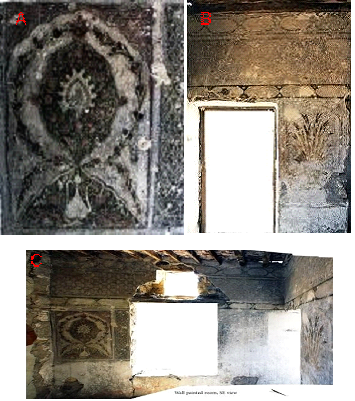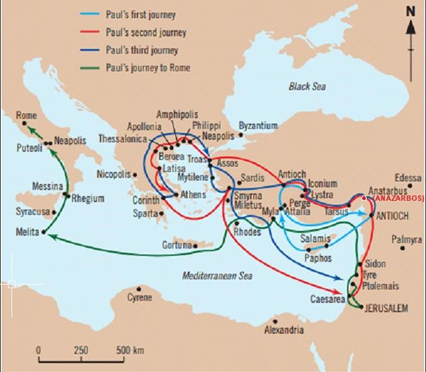by Eustathios D. Chiotis
ABSTRACT
Pythagoras’ life, teaching and contribution in science and philosophy has been transfigured by legend, which hardly can be separated. Tracing his fingerprints of mathematical nature is attempted here, based on evidence from great technical works and temples accomplished during his time in Samos and Magna Graecia. The ap-plication of the Pythagorean triples in the design of the Athena temple at Paestum built in c. 520 BC has already been established and was considered to attest the Pythagorean consciousness of the architect. Similar conclu-sions are also drawn in this article from the layout of the Polycratean temple of Heraion in Samos, where the earliest application of Pythagorean mathematics and proportions is disclosed in this article. It is also demon-strated that the achieved accuracy in pre-positioning of the Eupalinos’ tunnel mouths and the well-designed maneuver at the crossing indicate the involvement of a mathematical mind supporting the engineering skills of Eupalinos. By comparison with the Hellenistic temple of Apollo at Didyma, where the systematic applica-tion of the Pythagorean triples is again revealed in temple modeling and layout, it is concluded that the geo-metrical method of design of the ancient temples and the concept of harmonic proportions was fully devel-oped in Pythagoras’ time and his philosophy of proportions in architecture, amalgamated later with Plato’s ideas, prevailed since then until the present.
![]()



